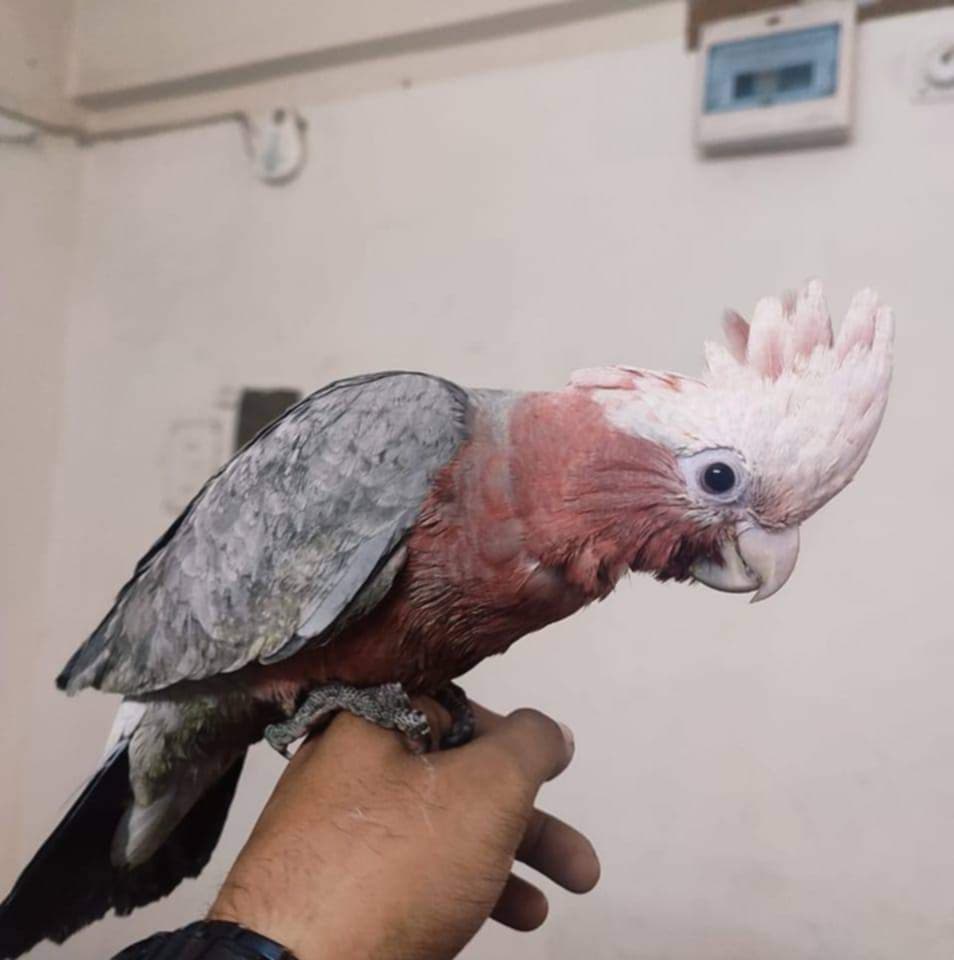Cockatoo Birds: A Comprehensive Guide to Their Origin, Types, Food Habits, Characteristics, and Taming Tips
Cockatoo birds, with their vibrant plumage and charismatic personalities, are among the most beloved pet birds worldwide. Their origins trace back to the lush forests of Australia and nearby islands, where these birds have thrived for centuries. This article delves into the fascinating world of cockatoos, exploring their origin, types, food habits, unique characteristics, and tips on taming these talkative companions.
Origin of Cockatoos
Cockatoos are native to Australasia, which includes Australia, the Philippines, Indonesia, New Guinea, and the Solomon Islands. These birds have adapted to various habitats, from rainforests and woodlands to savannas and coastal regions.
Types of Cockatoos
Cockatoos belong to the Cacatuidae family, comprising 21 different species, each with its unique traits.The most popular types of cockatoos are:
- Sulphur-Crested Cockatoo: Recognized by their bright yellow crest and white feathers, these cockatoos are highly intelligent and sociable.


- Galah (Rose-Breasted Cockatoo): Known for their pink and grey plumage, Galahs are playful and affectionate, making them excellent pets.

- Major Mitchell’s Cockatoo: Featuring striking pink and white feathers, these birds are known for their beauty and strong bonds with their owners.
- Black Palm Cockatoo: Distinguished by their black feathers and red cheek patches, these cockatoos are rare and often more challenging to tame.
- Umbrella Cockatoo: With their white feathers and large, umbrella-like crest, these birds are highly sociable and require a lot of attention.
Food Habits of Cockatoos
Cockatoos have a diverse diet that includes seeds, nuts, fruits, and vegetables. In the wild, they forage for food, which helps keep them physically and mentally stimulated.
- Seeds and Nuts: Cockatoos enjoy a variety of seeds and nuts, including sunflower seeds, pumpkin seeds, and almonds.
- Fruits: Fresh fruits such as apples, berries, grapes, and citrus fruits are excellent sources of vitamins and minerals. Ensure to remove any seeds or pits that could be harmful.
- Vegetables: Leafy greens, carrots, peas, and bell peppers provide essential nutrients and should be a staple in their diet.
- Pellets: Commercial bird pellets are formulated to meet the nutritional needs of cockatoos and can be included in their diet for balanced nutrition.
- Water: Fresh water should always be available, and it’s crucial to change it daily to ensure cleanliness.
Unique Characteristics of Cockatoos
Cockatoos are renowned for their vibrant personalities and unique characteristics. Here are some of the traits that make them stand out:
- Talkative Nature: Cockatoos are highly vocal and can mimic human speech and sounds. Their talkative nature makes them entertaining companions, but it also means they require plenty of social interaction to stay happy.
- Affectionate and Social: These birds form strong bonds with their owners and thrive on interaction. They enjoy being part of family activities and can become very attached to their human companions.
- Intelligence: Cockatoos are incredibly intelligent and can learn a variety of tricks and commands. They require mental stimulation through toys, puzzles, and training to prevent boredom.
- Playful and Curious: Their playful nature and curiosity make them fun pets, but it also means they can be mischievous. Providing plenty of toys and activities can help channel their energy positively.
How to Tame a Cockatoo
Taming a cockatoo requires patience, consistency, and positive reinforcement. Here are some steps to help you build a strong bond with your feathered friend:
- Create a Safe Environment: Ensure your cockatoo’s cage is spacious, clean, and equipped with toys and perches. Place the cage in a quiet, comfortable area where they can feel secure.
- Establish Trust: Spend time near your cockatoo’s cage, speaking softly and offering treats.
- Hand-Feeding: Gradually introduce hand-feeding to encourage trust. Offer treats from your hand and let the cockatoo approach at their own pace.
- Gentle Handling: Once your cockatoo is comfortable with your presence, start with gentle handling. Offer your hand for them to step onto and reward them with treats and praise.
- Positive Reinforcement: Use positive reinforcement techniques to train your cockatoo. Reward desired behaviors with treats, affection, and verbal praise.
- Social Interaction: Spend quality time interacting with your cockatoo daily. Play games, teach new words, and engage in activities to strengthen your bond.
Patience and Consistency: Taming a cockatoo takes time, and it’s important to be patient and consistent.
